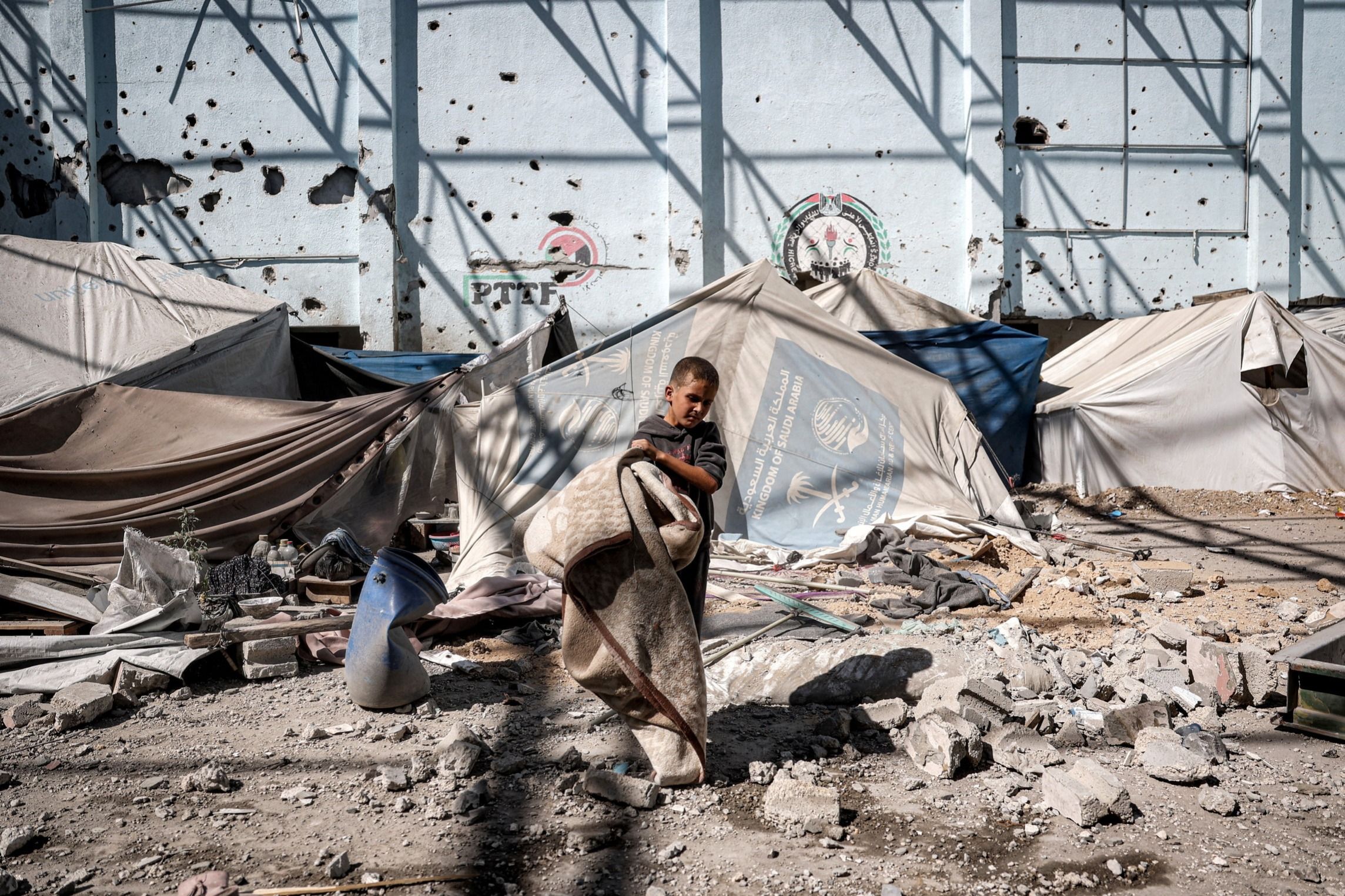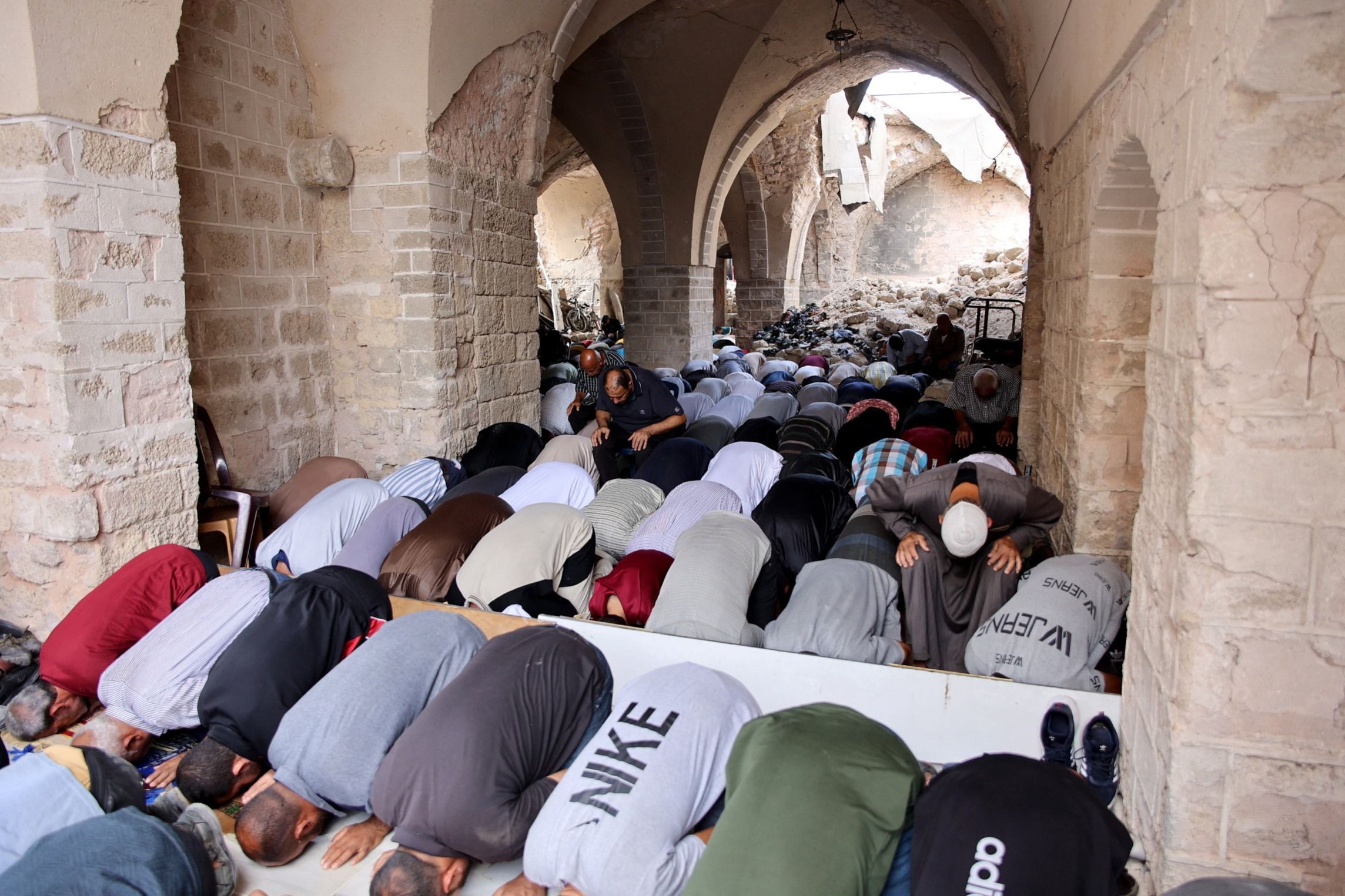Ever since Yusuf and his family first fled Gaza City earlier this year, he has been shocked at how much of Hamas appears to be intact.
A secular software engineer who encouraged his wife to leave her hair uncovered, the 43-year-old was no fan of the Islamists, who ruled Gaza for nearly two decades as both a social and religious movement promising freedom from Israeli occupation and a tyrannical militant group tolerating little dissent.
By the time Yusuf fled, Israel’s military had already wrested much of Gaza from Hamas’s military wing, killing thousands of its fighters, and would soon assassinate leader Yahya Sinwar. Israeli officials now believe they have destroyed much of the group’s military force.
But what remains of Hamas, as Yusuf’s odyssey through displaced people’s camps in Rafah and Deir al-Balah shows, will prove much harder to destroy. They are “trying to rule the ruins”, Yusuf, who asked for anonymity, said in a phone interview from the tent where he now lives with his wife, two children and an elderly aunt. “Everywhere there is the smell of Hamas.”
When he needed blankets and space in one camp, he was told to speak to an employee at the Ministry of Social Development whom he recognised as a local Hamas leader from northern Gaza. In the evenings, the imams — nearly all appointed in consultation with Hamas — would try to take the men to the ruins of nearby mosques to pray.

A boy walks past tents in the yard of a school that was hit by Israeli bombs in the central Gaza Strip
Eyad Baba/AFP/Getty Images
People attend Friday prayers in the damaged 13th-century Great Omari Mosque in the old town of Gaza City
Omar al-Qattaa/AFP/Getty ImagesAnd when there was a spate of robberies of jewellery, mobile phones and cash in another shelter, the complaints went to a local, plain-clothes policeman from Khan Younis, a city once considered a Hamas stronghold.